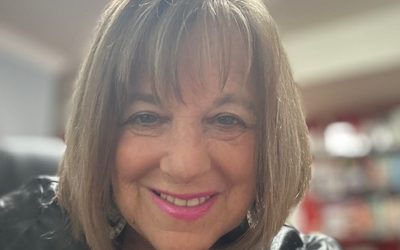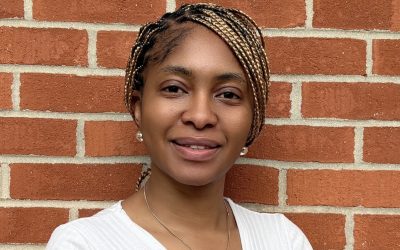The newest New York City Semester takes Drew students inside some of the world’s most notable nonprofit organizations.
Enlarge

Bill Cardoni
Ushered into the hushed and elegant Patrons Lounge on the fourth floor of the Metropolitan Museum of Art, Jennifer Olmsted and her students arrange the chairs into a circle to convene the afternoon session of their class. Gilt-framed paintings hang on the walls, and wide windows look out over the leafy canopy of Central Park.
But the students’ attention is soon focused instead on their host, the high-ranking administrator who was giving them a glimpse into the inner workings of the largest museum in the United States.
“You have a really high overhead, so how do you get most of the money for that?” asks Danya Nadel C’17, whose major is political science, not art, and who had learned earlier in the day just how many light bulbs the Met has (60,000).
Enlarge

Bill Cardoni
For decades, Drew students have been taking the train from Madison to Manhattan for New York City Semesters—on the United Nations, contemporary art, theatre, Wall Street and communications and media. But the students here are less interested in the art on display at the Met than in the Met itself. They’re enrolled in the newest New York Semester, the Semester on Social Entrepreneurship, designed and led by Olmsted, a professor of economics.
“My main aim is to get them to understand that nonprofits have to think about the bottom line,” Olmsted says, “and how thinking about the bottom line is more complicated if you have a mission— if your objective is not to make money, if your objective is something else.”
The students also learned just how complicated a nonprofit can be when it has a $300 million annual budget, 2,200 employees, a four-block-long building with several acres of skylights and an encyclopedic collection of 2 million artworks representing humanity’s most sublime achievements since the beginning of civilization. Carrie Rebora Barratt, the deputy director of collections and administration, answers Nadel’s question by citing the Met’s funding sources (a $3 billion endowment, the city budget, private donations, admissions), as well as one that has dried up.
“The piece that’s missing from when I started at the museum is corporate funding,” says Barratt, who was previously a curator of American paintings and sculpture. “I did a show back in the ’90s that was funded by Alamo Rent A Car. We just don’t see that kind of corporate philanthropy anymore.”
Enlarge
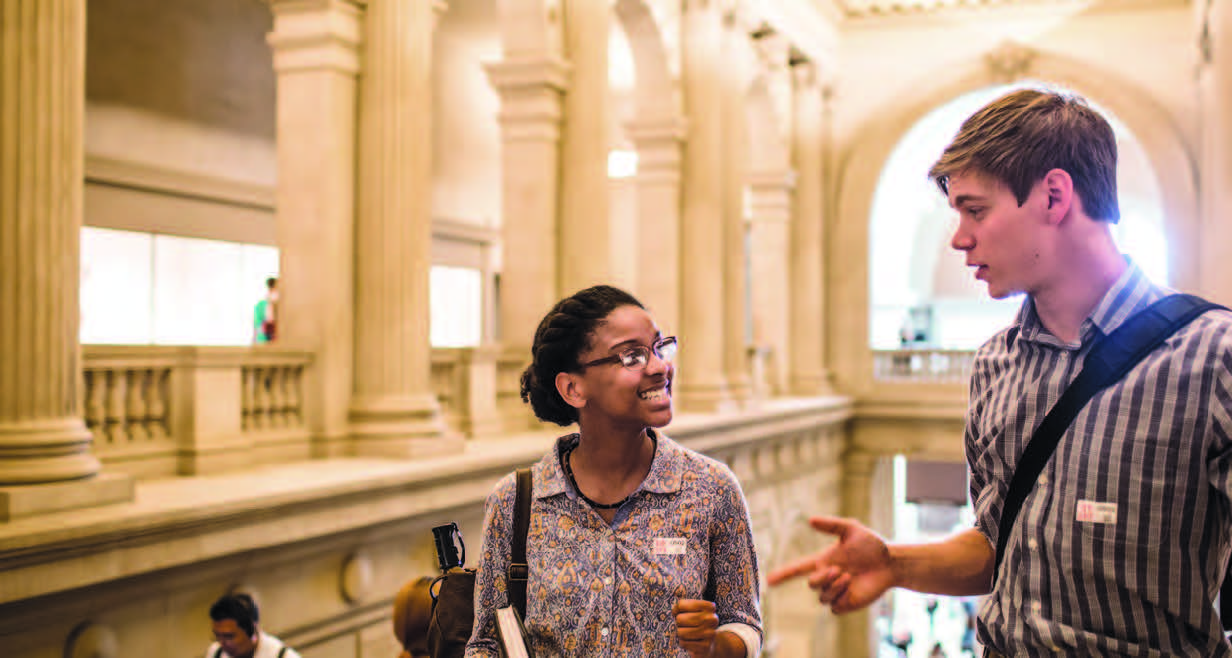
Bill Cardoni
Barratt explains that some of the museum’s 27 departments that report to her (the Costume Institute, whose star-flecked annual gala had occupied the Temple of Dendur the previous evening) attract more donors than others (Ancient Near East, with a dearth of deep-pocketed collectors); that the skylights in the European paintings galleries need to be replaced (“It’s very hard to fundraise for that—it isn’t sexy,” she says); that the Met Breuer, the space in the old Whitney Museum the Met is renting for contemporary art exhibits, is costing more than expected; that the head of European paintings has a painting he wants to buy (“We’ve got like a month to figure out how to pay for it”); and that the renovation of the British galleries cost $20 million (“All donations”).
And she sums up her job with a description that Olmsted could have used in the course summary: “Helping really creative people find practical solutions to getting things done.”
Olmsted first got the idea for the New York City Semester when she noticed that students who weren’t economics majors were taking her introductory economics class because they thought it was practical. “I thought it would be great to have a really hands-on course that gets into the nuts and bolts of nonprofits,” she says.
She developed and twice taught a class called The Political Economy of Nonprofits. “But I was frustrated because I really felt like the amount of knowledge that I was trying to impart to the students couldn’t be done in 4 credits, and I wanted to expand the experiential component so they were actually exposed to how diverse the nonprofit sector is,” she says. “The stars kind of aligned. I was really interested in expanding this program, and the university was really interested in expanding our New York programs.”
The class started in January, meeting two mornings each week in the same Manhattan classroom used by the United Nations seminar, and then venturing out to site visits in the afternoon. “”
"We settled on social entrepreneurship,” Olmsted says, “because we wanted to touch on the push for nonprofits to be more entrepreneurial but also on for-profits having more social accountability, so that tension, and that kind of bringing together the two sectors, became the basis of this 8-credit semester." - Jennifer Olmsted
The class attracted a wide range of majors, from business to women’s and gender studies. “It’s interesting to be in a class of different majors, to see how they apply their theories,” says Sabrina Chmelir C’18, a sociology major. “It helped to bridge the academic world to how it’s applied through the corporations that we visited or nonprofits that we saw.”
On a visit to Blackbaud, arranged by Dave Ballard C’88, they learned how a for-profit software company can help nonprofits work more efficiently. At the Metropolitan Opera, they not only saw the wig and costume departments but heard an earful about the labor disputes between the musicians’ union and management.
“To some degree I’m more able now to appreciate the for-profit model and how it engages with civil society,” says Jonathan Van Dongen C’17, a psychology major who plans to spend the next two years in Jackson, Mississippi, with Teach For America. “It’s definitely muddied the picture in terms of, quote-unquote, ‘good’ and ‘bad.’ Some advice somebody had given me a few months ago is really sticking out now—that I shouldn’t necessarily look to for-profit or nonprofit for my career prospects as much as I should look at the missions of the organizations and the organizational fit for how I want to give back.”
Olmsted hopes to leverage the program to cultivate a strong network of Drew graduates focused on social entrepreneurship, and she already tapped into that network for class visits and the students’ “Shark Tank”–style presentations. One such contact opened the door to the Ford Foundation. “I thought it would be a great nexus of business, which I thought many of these students might be interested in, but with a justice and social entrepreneurship kind of angle,” says Christopher Grygo C’98, the foundation’s talent development director.
"What really stood out for them was the question: How do large philanthropies spend their endowment and deploy the capital they have for public good?" - Christopher Grygo, C'98
Enlarge
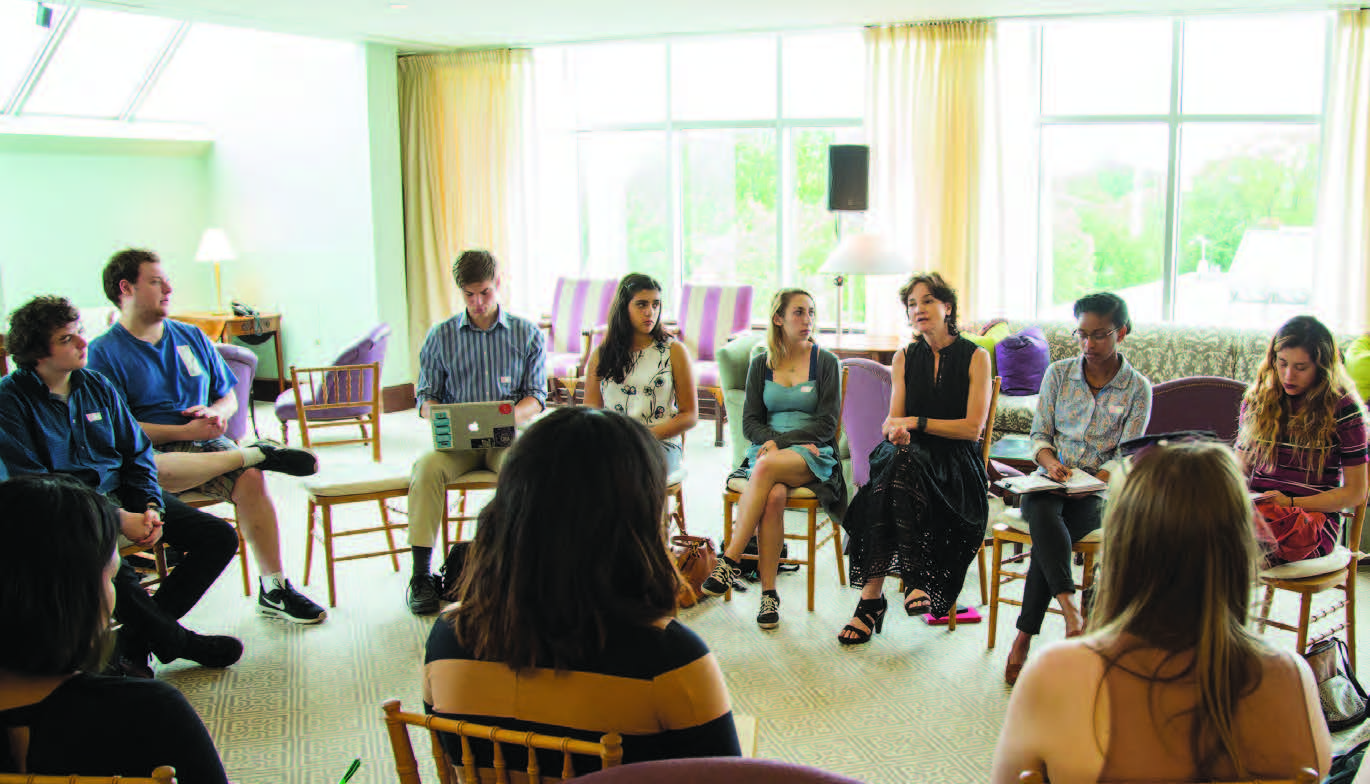
collections and administration, discusses the Met’s various funding sources.
Bill Cardoni
The class heard presentations from program officers about the foundation’s recent move into impact investing—investments intended to reap more than financial gains, such as affordable housing. “I think they were able to help the students realize that the market’s power is actually quite significant to do good, so it’s the best system we have for mobilizing dollars and institutions to lift people out of poverty,” Grygo says. “I wanted students to have the sense that these are not charities, that it’s not about writing a check to a nice cause, but is actually about helping to advance major causes.”
For their group projects, the students worked with smaller nonprofits. “I finally found a course that actually talked about solving issues,” says Nadel, whose group worked with a new nonprofit that was barely out of the idea stage, Refugee Outreach International.
Enlarge
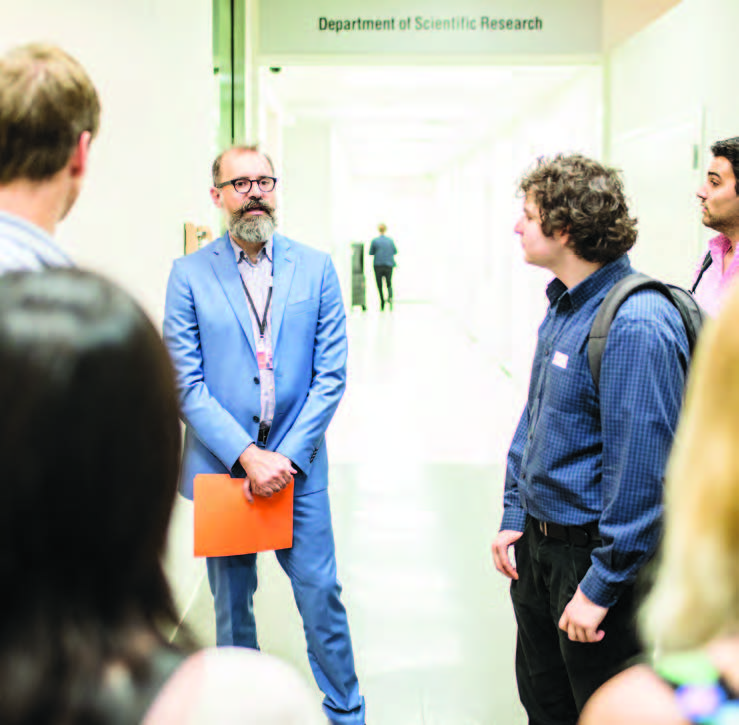
Bill Cardoni
“Had I not had their help, I think it would have been another three years before I would have gotten to where they got me to,” says Rana Shanawani, who started the nonprofit to help Syrian refugees adjust to their new lives in the United States. She asked the Drew group to find better ways for helping refugees learn English. The students researched a wide variety of apps and language training systems, some of which might help with the particularly difficult challenge of teaching English to people who are illiterate in their native language. (Shanawani’s parents were born in Syria; her mother, Huda Shanawani, who teaches Arabic at Drew as an adjunct professor, was the connection to the class.) “Had I had a budget, which nonprofits never do, to hire a professional consulting firm, I don’t think they would have done even 20 percent of the job these guys did. They did it out of the genuine passionate emotion they had for the cause.”
Before they ascended to the Patrons Lounge on their day at the Met, the students had descended to the basement and snaked through the labs where conservators and scientists studied artworks with tools ranging from fine-haired brushes to electron microscopes. “[This is] what has been called the CSI of art—all the forensic studies that take a work of art and tell the story behind it,” their guide, Marco Leona, head of the Met’s Department of Scientific Research (and Olmsted’s husband), told them.
The class got rare backstage glimpses of a vast array of art in a variety of stages of conservation: a seventh-century Buddha statue, a 16th-century Italian bust, a 15th-century Flemish stained-glass window, a 17th-century Chinese enameled folding screen. The lesson was about the hidden side of nonprofits—all the unseen and often costly work they do—but there was also one moment of genuine aesthetic wonder.
“Oh, my gosh,” gasped Jenna Posselt C’19, a business major, when Leona emerged from his office gently cradling a print of Hokusai’s “The Great Wave,” an image that had become a favorite of hers when she had to copy it in third grade but that she had never seen in person.
“Thousands of prints were made, but the one I’m holding here is the best copy in the world,” said Leona, who explained that, because of the print’s sensitivity to light, it was only exhibited for three months at a time. “Awesome,” Posselt said. “We also have the second best,” Leona said.
